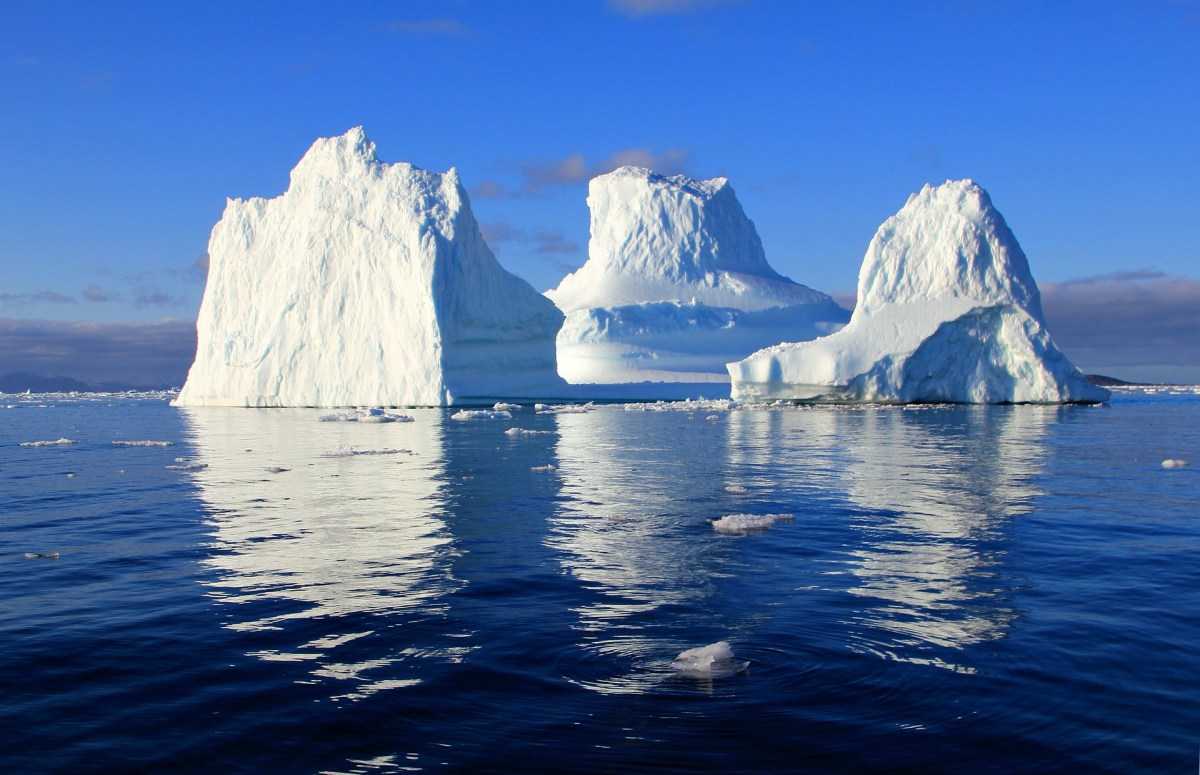The World’s Largest Iceberg Comes to a Halt: An Unexpected Development
After months of drifting through the Southern Ocean, the world’s largest iceberg has unexpectedly come to a standstill. This monumental development raises critical questions about its impact on global sea levels and climate patterns. Icebergs are not just spectacular natural phenomena; they play a significant role in our understanding of climate change and the delicate balance of our planet’s ecosystems.
Understanding the Iceberg: Size and Origin
This particular iceberg, known as A76, was first identified in May 2021 when it broke away from the Ronne Ice Shelf in Antarctica. Measuring over 4,320 square kilometers—larger than the size of Delaware—A76 has been a subject of fascination for scientists and environmentalists alike. But what does its halt mean for the surrounding environment?
The Implications of the Iceberg’s Standstill
The world’s largest iceberg coming to a halt has significant implications for climate science. Here are some key aspects to consider:
- Impact on Sea Levels: Icebergs are part of a larger system that contributes to sea-level rise. When they melt, they add freshwater to the ocean, which can lead to rising sea levels. The halt of A76 suggests a temporary stability in this particular region, potentially delaying any immediate contributions to sea-level rise.
- Climate Patterns: Icebergs influence local and global climate patterns. The presence of A76 in the Southern Ocean affects ocean currents and temperatures. Its standstill could alter these patterns, leading to unforeseen weather changes.
- Ecological Impact: Icebergs create unique habitats for marine life. The halt of A76 offers opportunities for researchers to study how ecosystems adapt to such large ice formations. Understanding the biodiversity that thrives in these conditions can help inform conservation efforts.
Why Is It Important to Monitor Icebergs?
Monitoring icebergs like A76 is crucial for several reasons:
- Climate Change Indicators: Icebergs are indicators of climate change. Their movements and melting rates can reveal crucial information about the health of the polar regions.
- Predictive Models: Understanding iceberg behavior helps scientists create predictive models for future sea-level rise, which is essential for urban planning and disaster preparedness in coastal areas.
- Research Opportunities: The halt of A76 provides a unique opportunity for scientists to study its effects on local ecosystems over time. Understanding these interactions can enhance our knowledge of climate resilience.
Potential Future Scenarios
As A76 remains stationary, scientists speculate on various future scenarios:
1. Continued Stability
If A76 remains in its current position, it may stabilize local sea levels temporarily. However, it is essential to consider that icebergs are dynamic entities, and their behavior can change rapidly due to environmental conditions.
2. Melting and Break-Up
Should temperatures rise or ocean currents shift, A76 could begin to melt or break apart. This scenario would contribute additional freshwater to the ocean and could have a cascading effect on sea levels and marine ecosystems.
3. Drift Towards Land
There exists the possibility that A76 could drift toward landmasses, potentially becoming a hazard for shipping routes. This situation could necessitate further monitoring and navigation adjustments.
The Broader Picture: Climate Change and Icebergs
The world’s largest iceberg coming to a halt is part of a larger narrative regarding climate change. Icebergs are both a symptom and a contributor to this global crisis. Understanding their behavior is vital for grasping the implications of climate change on our planet.
The Science Behind Icebergs
Icebergs are formed from glacial ice, which is compacted snow that has accumulated over millennia. When glaciers advance and break off into the ocean, they create icebergs. The melting of these ice formations is directly influenced by rising ocean temperatures, which are themselves a byproduct of global warming.
The Role of the Southern Ocean
The Southern Ocean is a critical component of Earth’s climate system. It acts as a major carbon sink, absorbing significant amounts of CO2 from the atmosphere. The behavior of icebergs in this region helps regulate ocean temperatures and can influence global climate patterns.
Conclusion: Looking Forward
The standstill of the world’s largest iceberg serves as a poignant reminder of the complexities of our planet’s climate systems. While it offers a temporary reprieve in some respects, it also underscores the urgent need for continued research and monitoring of these colossal ice structures. Understanding the implications of such phenomena is essential for combating climate change and preparing for its impacts.
As we move forward, the scientific community must prioritize the study of icebergs and their role in our climate. By doing so, we can better understand the potential consequences of climate change and work towards a sustainable future for our planet.
In the face of uncertainty, the halt of A76 presents both challenges and opportunities. It is a call to action for researchers, policymakers, and individuals alike to engage in meaningful discussions about climate change and the steps we can take to mitigate its effects. Together, we can strive for a healthier planet, ensuring that phenomena like the world’s largest iceberg continue to inspire awe without posing a threat to our future.
See more Your Daily Weather



